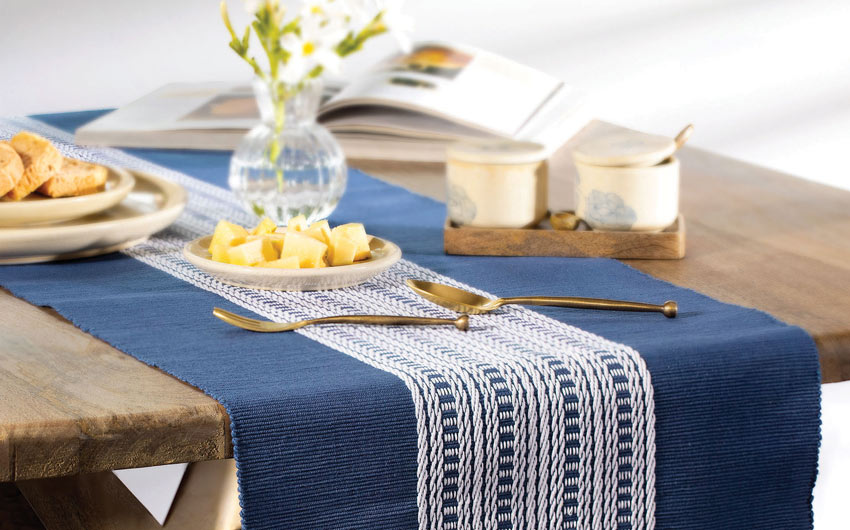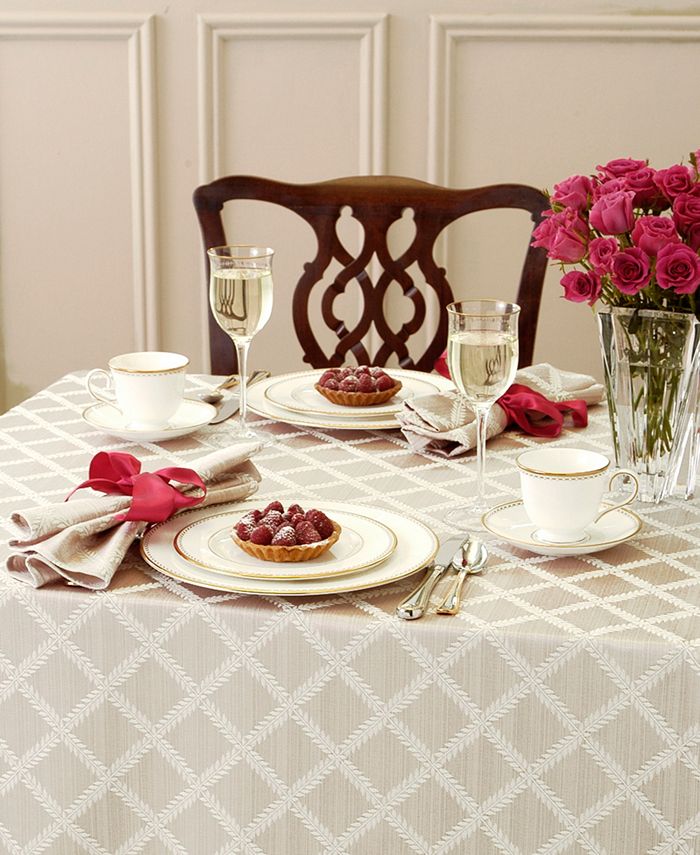Lovely Table Cloths: Enhance Your Dining-room Design
Wiki Article
Linen Material Developments: Checking Out Modern Trends and Creative Applications in Layout and Fabric Industry
From sustainable manufacturing approaches to cutting-edge weaving technologies, the evolution of bed linen is improving the landscape of the textile industry. As we dive right into the realms of creative layout applications and the appearance of linen blends and hybrid textiles, a brand-new chapter unravels in which bed linen's role in future fabric technologies takes center stage.Lasting Practices in Linen Production
Lasting practices in bed linen manufacturing have come to be progressively important in the textile sector's efforts to lessen environmental influence and advertise ethical sourcing approaches. Linen, an all-natural fiber originated from the flax plant, offers a variety of benefits such as toughness, breathability, and biodegradability. However, typical methods of bed linen production can include substantial water usage, chemical usage, and energy-intensive processes.To attend to these challenges, lots of fabric producers are taking on sustainable methods throughout the bed linen production process. This consists of sourcing flax from natural farms that prevent harmful pesticides and chemicals, applying water-efficient retting techniques to essence fibers from the flax stalks, and making use of green dyes and surfaces. Additionally, some firms are investing in renewable resource resources to power their manufacturing centers and reducing waste through recycling and upcycling initiatives.
Technological Innovations in Linen Weaving
With the growing focus on sustainable methods in linen manufacturing, the textile market is now observing a surge in technological improvements especially targeted at revolutionizing the art of linen weaving. These developments are reshaping the way linen materials are created, using raised performance, top quality, and creative thinking in weaving strategies.Among the vital technical advancements in bed linen weaving is the assimilation of digital looms. These innovative looms are outfitted with software program that permits for intricate and complex styles to be woven with precision. By digitizing the weaving process, manufacturers can achieve higher consistency and accuracy in their bed linen textiles.
Moreover, improvements in yarn spinning technology have actually made it possible for the manufacturing of finer and more durable bed linen threads - table cloths. This leads to softer and smoother linen textiles that maintain their high quality even after numerous uses and washes
In addition, the advancement of environment-friendly dyeing processes and coatings for bed linen fabrics is obtaining grip. These sustainable techniques not only reduce the ecological effect but likewise accommodate the raising customer demand for fairly produced fabrics.
Creative Design Applications for Bed Linen
Ingenious artistic methods are significantly forming the imaginative design applications for linen in the textile sector. Bed linen's natural aesthetic charm and capacity to blend with other materials make it a favored choice for creating special garments and devices that provide to the environmentally mindful consumer.In addition, developers are try out bed linen in home style, utilizing its sturdy and breathable nature to craft fashionable home furnishings such as drapes, bedding, and upholstery. The appearance and drape of bed linen bring a sense of refinement and convenience to indoor spaces, adding a touch of elegance to modern-day homes.

Bed Linen Blends and Crossbreed Fabrics

Crossbreed materials, on the other hand, take the principle of mixing a step better by integrating additional components such as metal threads, recycled products, or conductive fibers. These ingenious textiles not just expand the layout possibilities but additionally introduce useful elements like conductivity, antimicrobial residential or commercial properties, or boosted toughness. Hybrid textiles are progressively being made use of in different industries, consisting of style, interior layout, and technological fabrics, where the demand for multifunctional products is on the surge.
Bed linen's Function in Future Fabric Innovations

In the realm of future textile advancements, bed linen is anticipated to be a principal in the growth of advanced practical materials. Designers and researchers are checking out methods to boost bed linen's inherent high qualities with technical innovations, such as incorporating smart textiles, nanotechnology, and efficiency surfaces. These advancements intend to boost bed linen's efficiency attributes, making it suitable for a broader table runner range of applications, from activewear to protective clothes.
Additionally, the mix of bed linen with other natural or synthetic fibers opens up unlimited possibilities for producing novel textiles with distinct homes and performances. By leveraging linen's characteristics and exploring innovative blends, the textile sector is positioned to present interesting advancements that accommodate evolving customer demands and sustainability needs.
Final Thought
To conclude, the exploration of sustainable techniques, technical advancements, imaginative layout applications, bed linen blends, and its role in future fabric technologies highlight the constant development of bed linen fabric in the modern-day style and fabric market. With an emphasis on technology and imagination, the flexibility and eco-friendly nature of bed linen make it a valuable material for developers and manufacturers alike, paving the way for further advancements and developments in the field of fabrics.As we delve right into the realms of imaginative style applications and the emergence of bed linen blends and hybrid textiles, a new phase unfolds in which bed linen's role in future fabric innovations takes facility stage.
Checking out the fusion of linen with various other materials has actually led to the development of cutting-edge blends and hybrid fabrics in the modern textile sector. Linen blends use an unique mix of the characteristics of linen with those of various other fibers, resulting in fabrics that possess boosted homes such as raised sturdiness, boosted draping, and decreased wrinkling.The advancement of bed linen blends and hybrid materials has actually set the stage for Linen to play a crucial role in driving future textile advancements.In the world of future textile developments, bed linen is anticipated to be a key player in the growth of advanced functional materials.
Report this wiki page